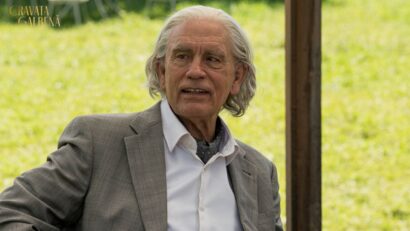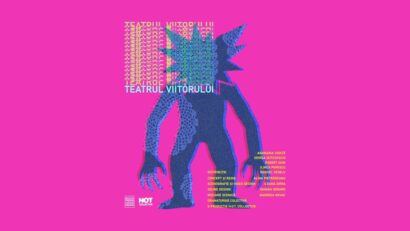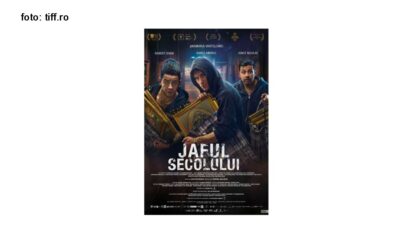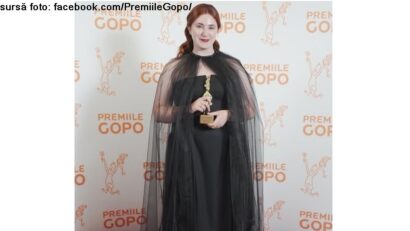The National Peasant Museum stays close to its public during lockdown
The National Peasant Museum (MTR) has initiated a number of digital projects
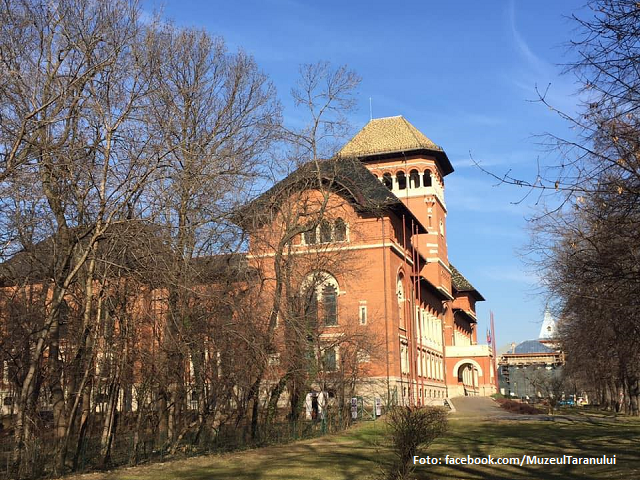
Monica Chiorpec, 02.05.2020, 11:56
The National Peasant Museum (MTR) has initiated a number of digital projects, held exclusively online, as part of a broader programme designed to diversify its cultural offer and adapt it to the new situation triggered by the pandemic that has hit the planet. “A playful dictionary of countryside life, “Bedtime stories… at MTR, “MTR inspires me, “The home at home: stories from everywhere, brought together, and “#Particular are just some of the titles of projects that introduce a new approach and build bridges between the Museum and the public at home. Here is Iris Şerban, coordinator of the MTR Image Archive:
Iris Şerban: “We simply wondered what we can do in this context—and let this new challenge direct us. Our main resources are quite simple, yet very strong, as we came to realize: our creativity, know-how, and the answer to the question “what do we have available, and what can we build using all these?. So we had a brainstorming session, with colleagues from several departments, whether in research and documentation, or in archives, or in the museum education department. And we put together a programme consisting in a number of specific activities, to be held for a while exclusively online, as well as activities that we can carry on in the medium and long run. So when we get back to normal—although nobody seems to know when this will be and what this normal will actually be—these projects may be continued offline.
The ideas of the researchers, archive experts and museum educators who designed this cultural programme for the isolation period can be carried on after the National Peasant Museum resumes its operation, with exhibitions and publications showcasing this online interaction with the public. But in the meantime, the Museums friends are invited to contribute to the project entitled “#Particular.
Iris Şerban: “#Particular started from a very simple idea, an anthropological fact that we noticed in the current context. Whether we like it or not, we have to stay at home, and basically we have to go the same routes every day, and these interior routes can become repetitive, tiring, annoying. So our challenge was to look at the objects in our home in a different way, because everyones home is a universe in itself, with all sorts of stories and memories, and our home is part of the life that we now live in a different way.
Why would a virtual museum showcase items that are so familiar to each and every one of us? Because they make up a personal heritage, says Iris Serban. But it is not only our interaction with specific objects that is important during these days in lockdown; interpersonal relations within the family also need strengthening. And in the project entitled “Bedtime stories…, children and parents are invited to listen to folk tales every Monday, Wednesday and Friday. Here is Valentina Bâcu, an expert with the Museums Education Department:
Valentina Bâcu: “This is an audio tale section, addressing both children and parents. Colleagues from various departments of the museum present short traditional stories, legends and folk tales. We chose them because most of them are already known to parents and as such they are a starting point for a dialogue with their kids.
And the effort to encourage creativity, which is specific to the National Peasant Museum, has given birth to a project called “MŢR inspires me. Theatre, visual and sound improv and even a pandemic diary, are challenges for children of all ages.
Valentina Bâcu: “We encourage the public to interact with us by sending their own creative activities, in several sections. We have a section devoted to home theatre, updated as a rule at the weekend, on Sunday night. Children, assisted by parents, are encouraged to create a performance using home items, or shadow plays. Children are invited to sing, or to invent sounds, or to act as story tellers, together with their parents.
As for switching the older projects into the online medium, one example is a project called “A museum in a box.
Valentina Bâcu: “Another section is called “A museum in a box. Because this is a time when we can only visit virtual museums, we encourage children to create their own exhibitions, their own museums at home. They can do this using the walls of their house or even a simple box. If they want to add a digital element, we offer a number of brief tutorials on doing stop-motion animation. This is basically a digital take on the animation workshop that we organise at the MTR.
All the projects created specifically for the online medium are currently available on the National Peasant Museum home page and on the institutions Facebook and Instagram accounts.
(translated by: Ana-Maria Popescu)

